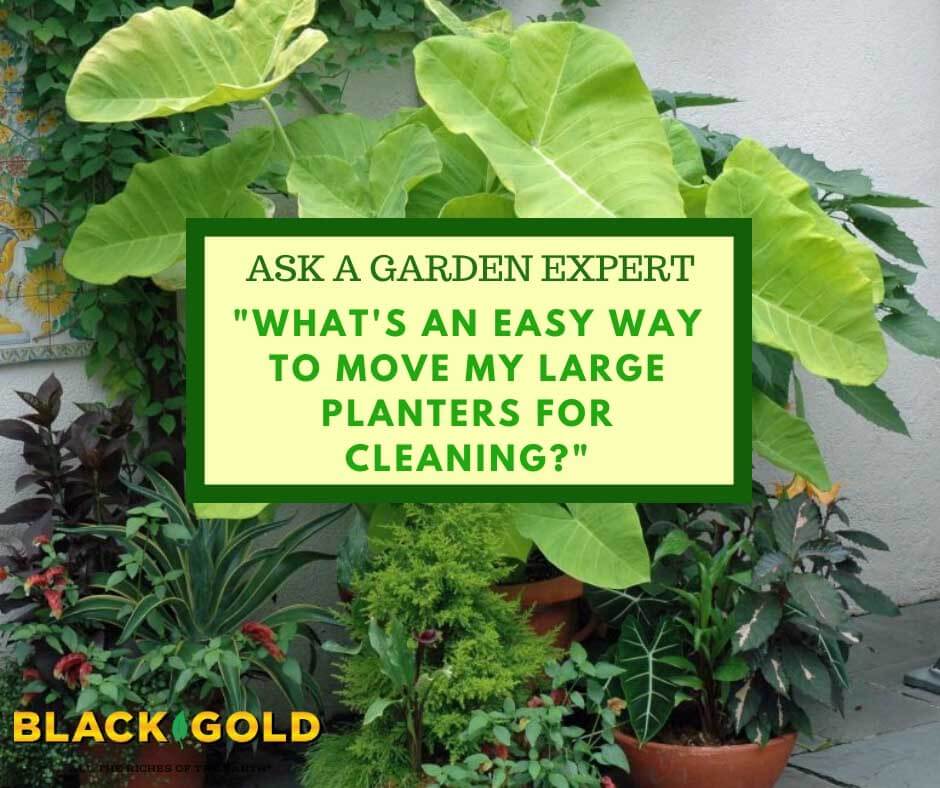
“I have some very heavy and large planters that need to be sterilized I am sure or cleaned before I plant new flowers next season. Is there an easy way to do this? I can not lift them and have such a hard time preparing the large pots for planting.” Question from Jennifer of Angola, Indiana
Answer: It’s always important to keep planting areas clean, but unless your planter flowers experienced serious disease the previous year, you should not have to sterilize large pots. Sterilization is an intensive measure needed to combat serious disease infestations. The only pots I sterilize are my cell packs and 4” seedling pots for seeds and seedlings because tiny plants are very susceptible to common fungal diseases, such as damping-off caused by Pythium and Phytopthera fungal diseases. (Click here to learn more about damping off.) When it comes to my large pots, I simply replenish their potting media every two years.
On the rare chance that a pot did experience serious disease problems the previous year, then I will clean it well before replanting. To sterilize pots, I wash them with hot water, dish soap, and 10% bleach. Then I rinse them really well. What’s your method?
With that said, try investing in plant pot moving dollies or pot cart dollies for your large containers! These make it really easy to move large, cumbersome plants around for any reason.
Happy Gardening!
Jessie Keith
Black Gold Horticulturist a


